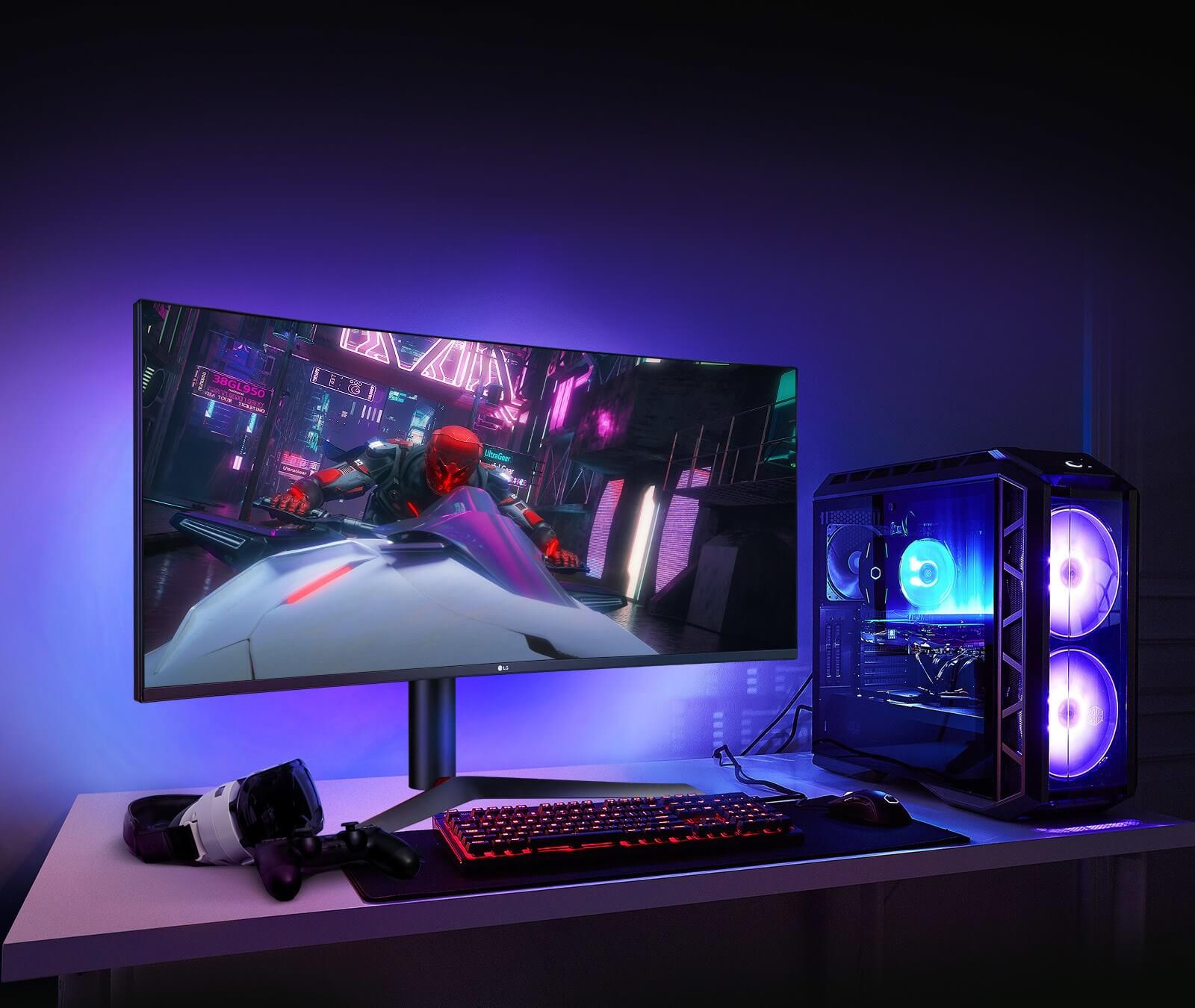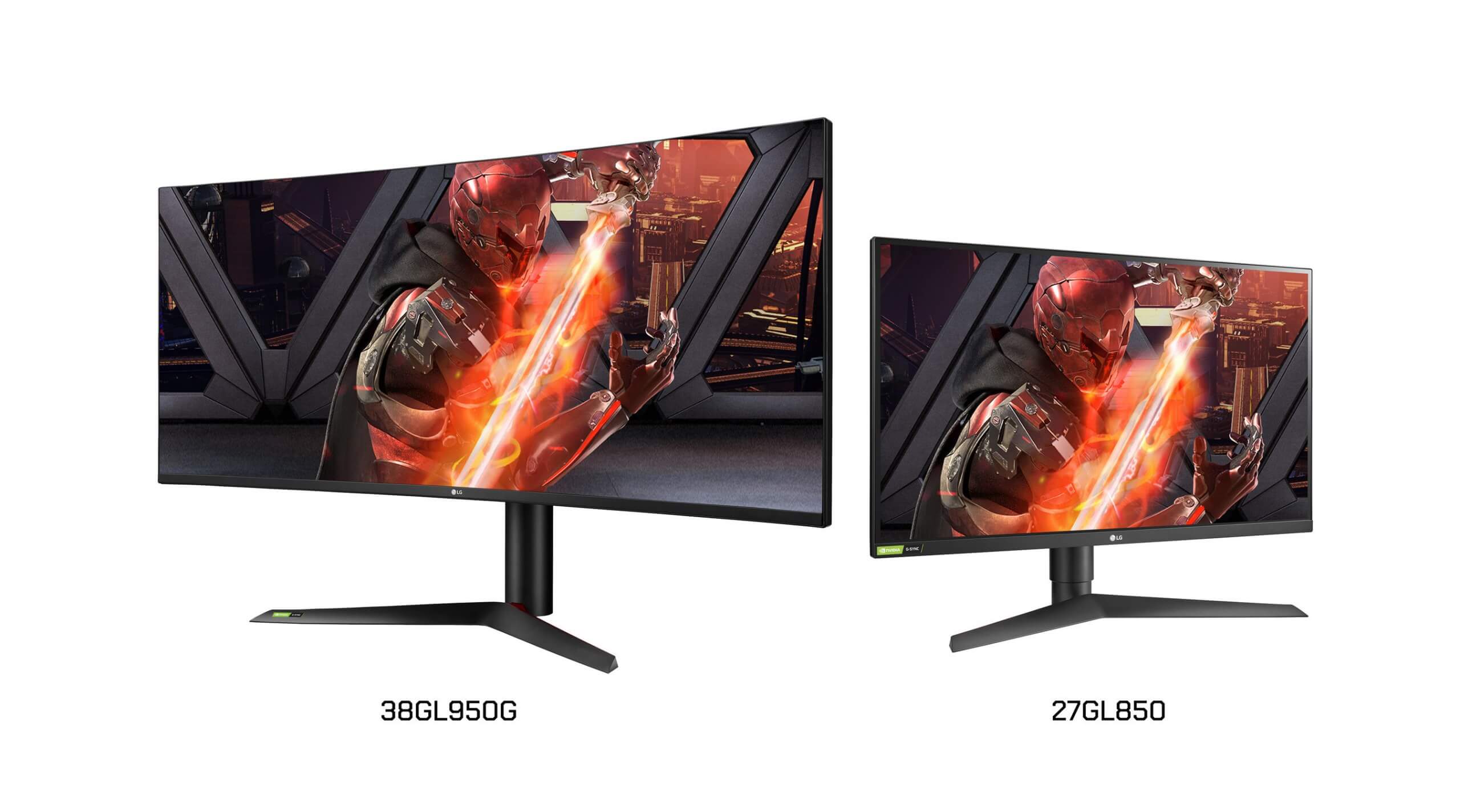Something to look forward to: No longer does choosing an IPS panel mean having to endure slower response times than TN. At the E3 event, LG unveiled the LG UltraGear, the world's first IPS gaming monitor with a 1ms GTG response time.

It's usually the case that an IPS (In-Plane Switching) panel offers benefits such as better color reproduction and viewing angles at the expense of slower response times than TN (Twisted Nematic) panels, but LG’s UltraGear brings the best of both worlds.
There are two models available: 27-inch (27GL850) and 38-inch (38GL950G) versions, both of which feature that 1ms response time, curved screens, slim bezels, and a DCI-P3 98-percent wide color gamut (sRGB 135 percent).

The smaller model comes with a 2560 x 1440 (QHD) resolution, HDR 10, is G-Sync compatible, and has 350 nits of brightness. It’s refresh time, meanwhile, is an impressive 144Hz. Those with deep pockets can get the 38-inch monitor, which can reach a 175Hz refresh rate, has a 3840 x 1600 (WQHD) resolution, 450 nits brightness (VESA DisplayHDR 400 certified), a 21:9 aspect ratio, and G-Sync.
Both monitors also boast a number of gaming-focused features, including Dynamic Action Sync mode, Black Stabilizer, and Crosshair. Connectivity consists of two HDMI ports, one DisplayPort, and a USB 3.0 hub. The larger model features several RGB lights on the rear, which LG calls Sphere Lighting 2.0.
The 27-inch display will cost $499.99, with pre-orders set to begin on July 1 in the US. The 38-inch version, as you might expect, is a lot pricier. It’ll set you back an eye-watering $1,999. Both monitors are scheduled to roll out next month.
The announcement comes just after Samsung unveiled its first 240Hz@1080p monitor at the same event.
https://www.techspot.com/news/80483-lg-reveals-world-first-1ms-ips-monitors.html